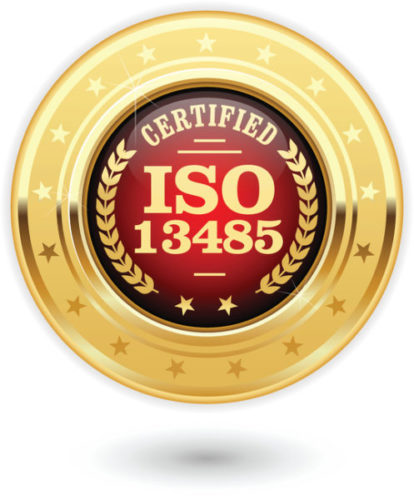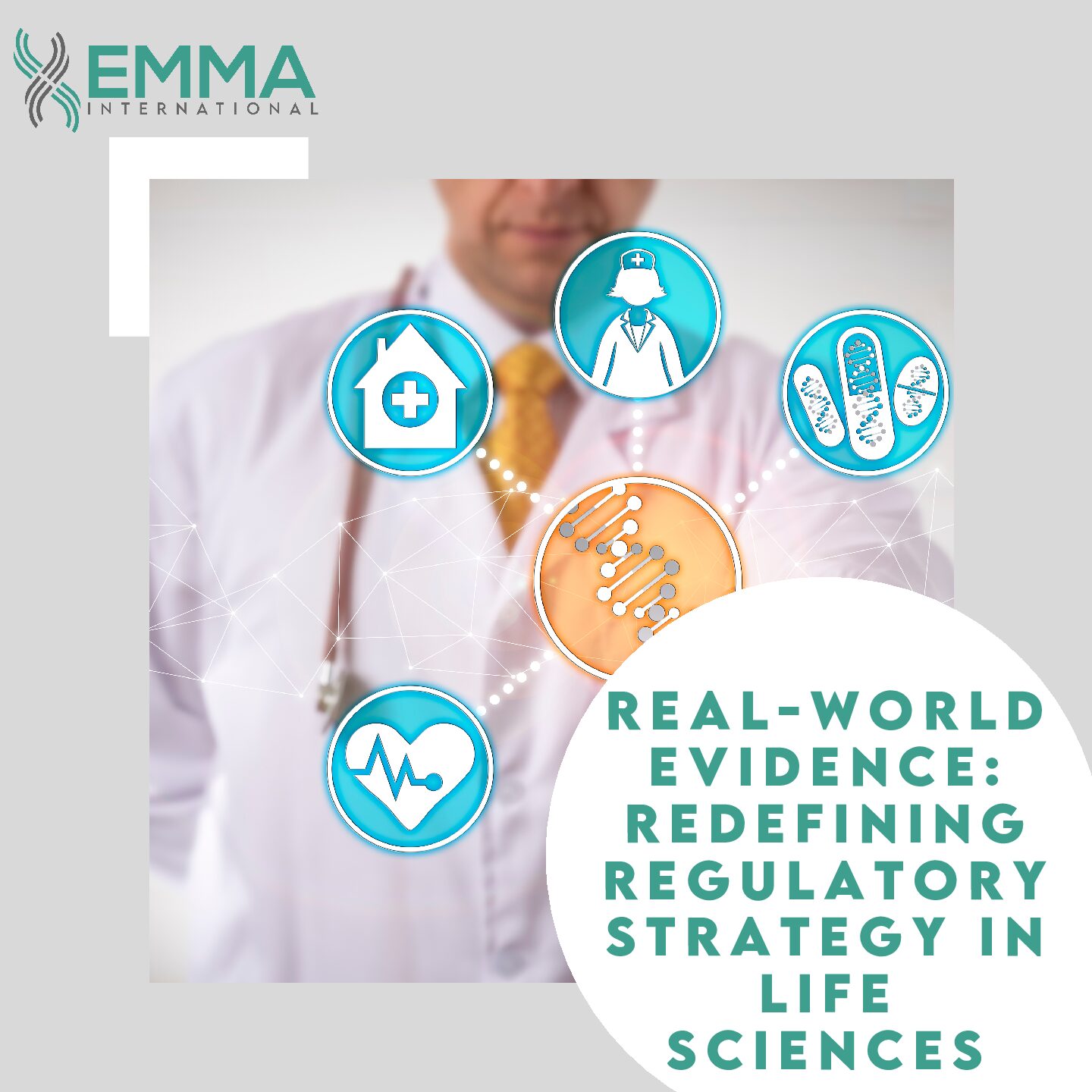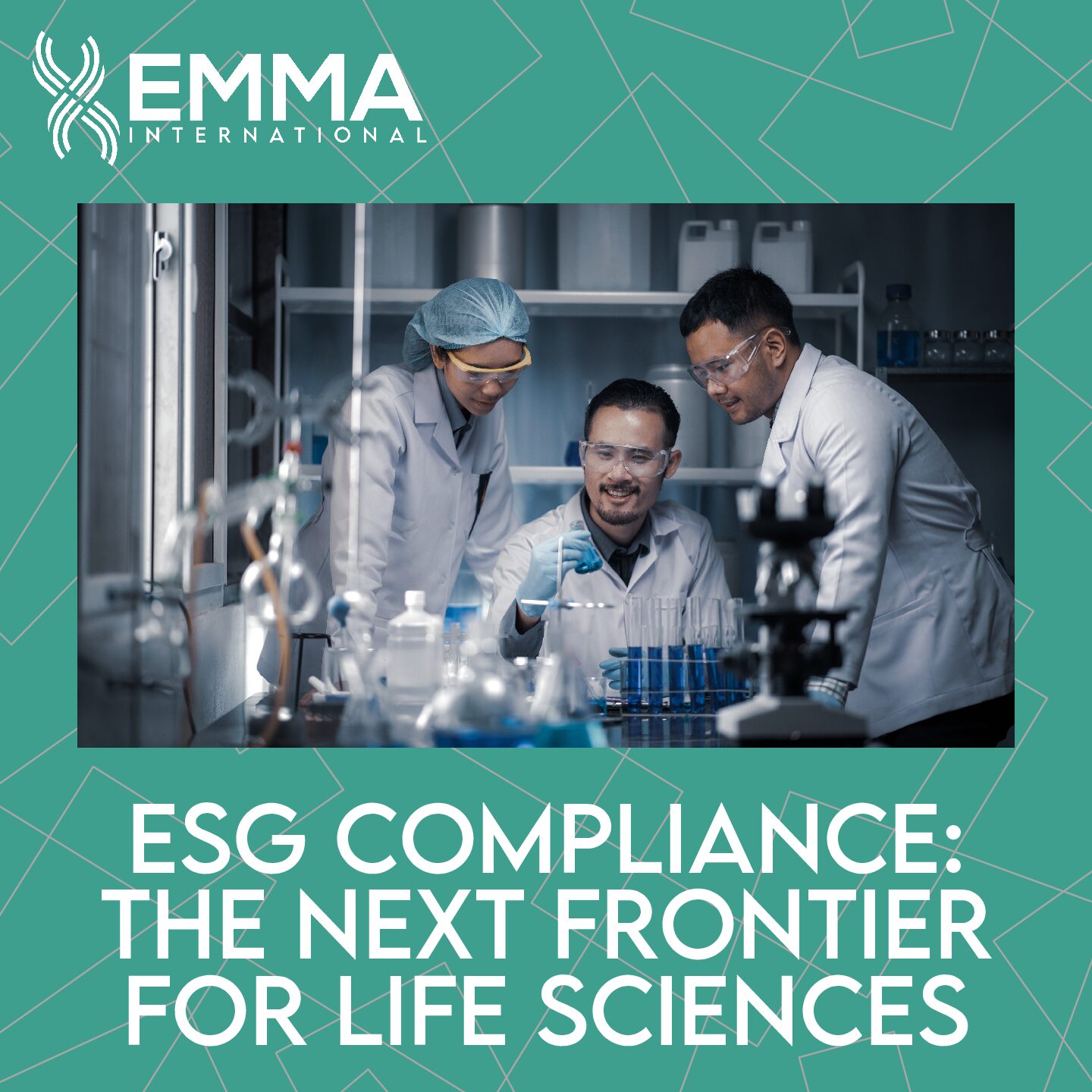Posted By: Stephanie Bouzounis, Senior Communications Specialist
The deadline for the ISO 13485:2016 transition is fast approaching. In less than a year from now, changes will have to be made in order for companies to keep their certifications.
Background
The International Organization for Standardization (ISO) is a non-governmental entity that has published 22,064 standards covering all aspects of technology and manufacturing. ISO 13485:2016 details the requirements for a quality management system (QMS) for medical device manufacturers. Organizations obtaining ISO 13485: 2016 could be involved in any stage of medical device production, including: design and development, production, distribution, servicing, or even technical support. Requirements of this certification apply to organizations regardless of type (manufacturing company) or size (company size of 20-50 employees, for instance). ISO 13485:2016 was published in March 2016. There were several significant changes made to ISO 13485:2016 since the revision process started in April 2012. The first major change was the development of a risk-based approach in the quality management system. Other changes included: definition of skills and experience required for personnel involved in quality management; clarifications of existing requirements regarding management responsibility; validation of application of computer software in the QMS; establishment and maintenance of technical files; and validation of processes of sterile barrier systems.
How to Transition
As mentioned earlier, ISO 13485:2016 was published two years ago. All current certificates must be transitioned to the new standard by February 28, 2019 – so next year. The certificates issued next year are valid for three years. For companies seeking to make this transition and keep their certifications, the time to start is now. The first thing a quality manager should do is talk to the leadership team, as well as the wider organization, about the new requirements. This would be a good time to agree on a strategy. Part of the strategy would include conducting an initial gap analysis of the current quality management system in place. The next steps would include creating a plan to implement the changes and monitoring the progress; taking a look at the QMS with a fresh set of eyes; update all the documentation to reflect the new standard; and scheduling an audit with a qualified registrar.
International Information
If there are medical device manufacturers that operate internationally, there are some additional things to consider. The new EU MDR and IVDR have been harmonized with ISO 13485. Health Canada requires medical device manufacturers selling and marketing products in Canada to have their QMS certified to ISO 13485. Another point of consideration is that the Medical Device Single Audit Program (MDSAP), which has been in full force and fully operational, essentially uses the ISO 13485:2003 as a framework; however, with the transition to ISO 13485:2016, the MDSAP will likely support the new standard.
Additional updates and information about changes to the standard will be coming in the forthcoming months.
Have a question that wasn’t answered here? Call (248) 987-4497 to chat or send an email to info@emmainternational.com.
For additional readings on ISO 13485, check out these blogs on our site:






